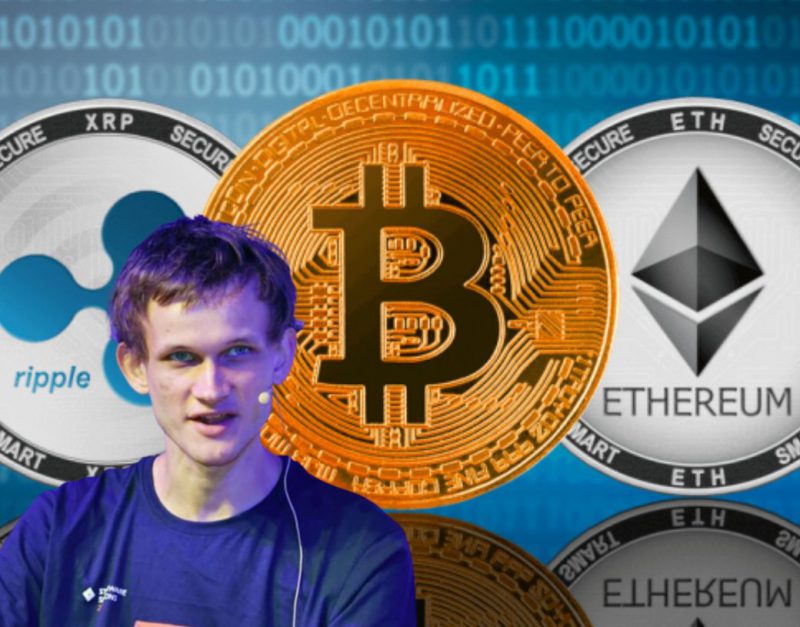Any currency must have an exchange value, i.e., it can be exchanged for products or services. Cryptocurrency has been trying to bridge this usability gap for a while now; however, to make it popular as a means of payment, the industry was marred with periods of high transaction fees. Ethereum, the second-largest cryptocurrency and the leader of altcoins, has become synonymous with high gas fees. Acknowledging the same, the co-founder of Ethereum, Vitalik Buterin, noted that the crypto payments would again “make sense” as transaction costs reduce to mere cents due to layer-2 rollups.
CoinTelegraph quoted Buterin during the ongoing Korea Blockchain Week [KBW], adding that blockchain data compression is the final hurdle to getting the gas fees down. Although layer-1 is slowly working on reducing the gas fees, the real wonders of the Ethereum ecosystem were observed on layer-2 scaling solutions. For instance, the cheapest L2 alternatives were Loopring and ZKSync. Loopring charged $0.01 per transaction, whereas the cost of a single transaction on ZKSync was $0.02.


During his talk, Butering pointed at Optimism’s layer-2 solution, which has worked to reduce the size and cost of data in blockchain transactions by introducing zero byte compression. He noted,
“So today with roll ups, transaction fees are generally somewhere between $0.25, sometimes $0.10, and in the future with roll ups with all of the improvements to efficiency that I talked about. The transaction costs could go down to $0.05, or even maybe as low as $0.02. So much cheaper, much more affordable, and a complete game changer.”
While Ethereum was at the center of the “high transaction fees” claims, Buterin pointed at Bitcoin and noted that its “peer-to-peer electronic cash system” had become expensive over time. Until 2013 it was cheaper than traditional payment methods; however, blockchain transaction has become expensive given its adoption.
Buterin stated,
“It’s a vision that has been, I think, forgotten a little bit and I think one of the reasons why it has been forgotten is basically because it got priced out of the market.”
Nevertheless, Bitcoin’s layer-2 Lightning network has been at work to address this issue and could eventually reduce the cost to fractions of a cent.
Ethereum and other Crypto use cases
Buterin set his sight on “lower incomes countries or places where the existing financial system is not very effective” to solve the problem. With the cheap crypto transactions, citizens will gain access to vital payment structures over the internet, which has already seen massive adoption despite the cost of International remittances.
However, if we zoom out, Ripple was already working on connecting many such countries through its On-Demand Liquidity technology. Using XRP, Ripple is offering payment solutions to crypto users and the world. Through its On-Demand Liquidity [ODL] services, Ripple has largely bridged financial gaps in offering remittance services. Recently, Ripple signed a partnership with FOMO Pay, one of the leading payment institutions in Singapore, to improve its treasury payments by leveraging ODL.
Nevertheless, his vision for Ethereum was to make transaction costs cheaper and help ramp up adoption for non-financial applications like domain name system [DNS] servers, humanity proof of attendance protocols, and Web3 account management services.
“You need to actually send a transaction to create a DNS name, you need to actually send the transaction to recover your account, you need to actually send a transaction to meet some of these adaptations. If doing each of those operations costs like $11, then people are not going into it.”
While many have repeatedly questioned Ethereum’s scalability plan, Butering noted that it wasn’t “just like some boring thing where you need as cost numbers go down. scalability, I think actually enables and unlocks entirely new classes of applications.”





